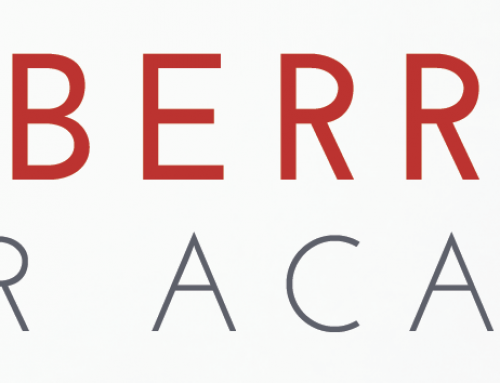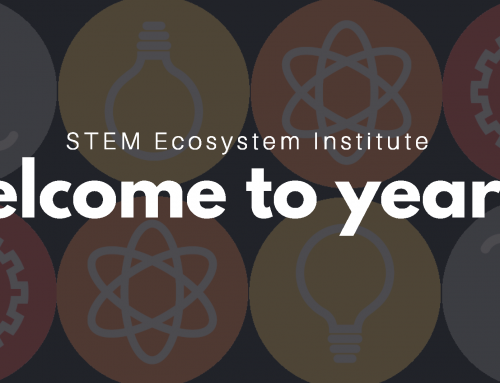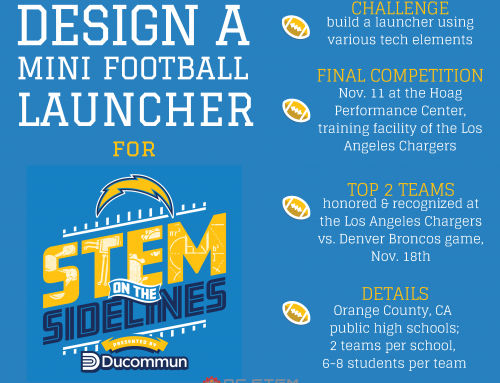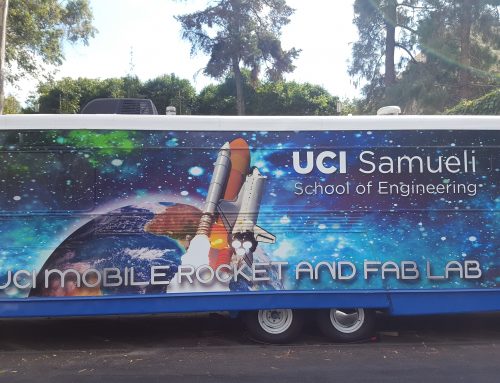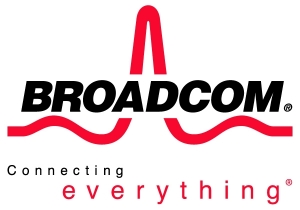
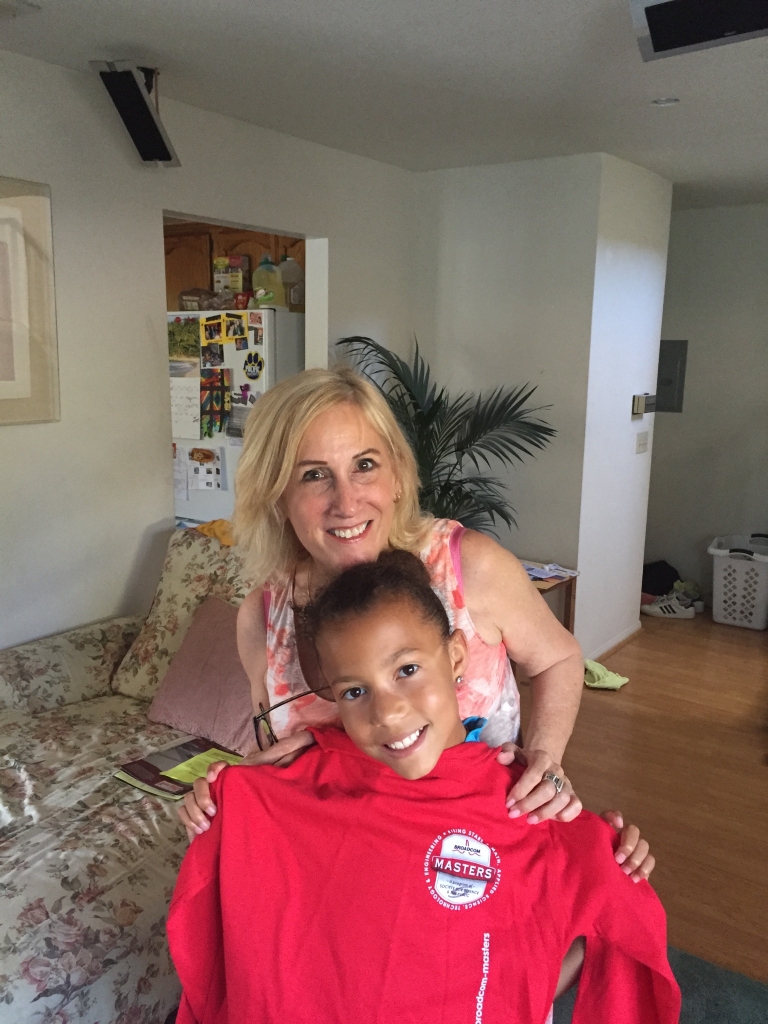 Paula Golden, President, Broadcom Foundation
Paula Golden, President, Broadcom Foundation
Paula Golden is President of the Broadcom Foundation, which advances science, technology, engineering, and mathematics (STEM) worldwide. Paula initiates innovative programs at universities, non-profits and non-government organizations (NGOs) that create equitable access to STEM education, close the STEM education gap for young women and the underserved, and ensure that all young people are STEM literate with the necessary skills to succeed in 21st century STEM careers. Paula spearheads the foundation’s signature programs that include the Broadcom MASTERS® and Broadcom MASTERS® International, world-renowned middle school science and engineering competitions that inspire middle school students to continue their studies in math and science as they enter high school, enabling them to become the scientists, engineers, and innovators of the future. She also drives Broadcom Presents: Design_CODE_Build in partnership with Silicon Valley’s Computer History Museum to promote algebra as a prerequisite to computer coding. The middle school program targets untapped talent among young women and the underserved. Paula is a leader in the National STEM Funders Network and STEM Education Ecosystem Initiative that creates collaborations among formal and informal STEM educators throughout the United States. Paula earned her B.A. in English and Education from Wellesley College and her J.D., cum laude from New England School of Law where she later served as Assistant Dean and Instructor of Law. An Emmy finalist and TEDx presenter, Paula’s achievements were recently honored by the University of California, Irvine (UCI) where she received UCI’s Ingenuity Award for her contributions to promoting inclusion, equality and access to STEMeducation.
What excites you most about STEM Education?
I love watching young people realize that the physical space around them is their playground and exploration of the natural and man-made world can take place in any environment – home, school, out of school, countryside or streetside.
Science is study of the natural world; engineering is applying math and science to make things or solve problems; math competency is the underpinning of it all. For me, STEM literacy is not so much about what you know as how you can confidently gather facts and then analyze and apply them as a disciplined and inquisitive critical thinker.
What are your hopes for the future of STEM Education?
I want every person to be STEM literate, which is why I, along with my colleagues at the Broadcom Foundation, am so passionate about our sponsorship of the national and international science fairs. The science fair platform is ready-made for budding scientists, engineers and innovators to take a deep-dive into studying a phenomenon or trying their hand at designing or making project of personal interest; and can set them on exciting career paths. The science fair process enables kids to practice their 21st century skills of critical thinking, collaboration, communication and creativity outside of their classroom constraints. Unfortunately, science fair reaches only a modicum of our youthful population, so providing teacher training to engage in inquiry-based and project-based pedagogy in our pre-K, elementary and middle schools is critical to achieving national STEM literacy.
What are your current and/or past experiences with STEM Education – are there any highlights you would want people to know about the work the Broadcom Foundation is doing at this time?
I am a classic case of a young girl who was extremely gifted in math and interested in science, but did not pursue these subjects after ninth grade because I lacked encouragement from teachers and had no mentors to spur me on. Thus, to lead an organization that focuses on inspiring and enabling untapped STEM talent – young women and underserved kids who can bring so much brainpower to the STEM career pipeline – is a dream-job.
I trained as a teacher in college and spent a fair amount of time in middle school classrooms before deciding to become a lawyer. I came to understand that that kids between the ages of 11 and 14 are both restive and watchful. If given patient acceptance, respectful guidance and open acknowledgement for their personal interests and youthful aspirations, oft’under-estimated middle schoolers can be motivated to follow their STEM-bliss through the though years of high school. Failing to capture the hearts and minds of middle schoolers closes the door to STEM pathways that require rigorous math and science skills-building.
Fortunately, members of the Broadcom Foundation board share this view, which is why the foundation has put concentrated resources toward middle school STEM learning.
Thank you Paula, for sharing your insight on STEM education! Visit broadcomfoundation.org to learn more about their mission and goals.

